Zypern – Fortifikatorischer Exkursionsbericht
von Hans-Rudolf Neumann
Fortifikatorischer Exkursionsbericht einer Studienreise vom 06. bis 12.04.2024
Das heute geteilte Zypern stellte im Nahen Osten einen Ort dar, der durch Zusammenprall verschiedener Religionen immer wieder Schauplatz gewalttätiger Auseinandersetzungen gewesen ist. Durch bauliche Maßnahmen versuchte man größtmöglichen Schutz für die jeweils Regierenden in Stadt und Land zu erzielen. Die Studienreise widmete sich Festungen der Kreuzritter und vor allem den venezianischen und osmanischen Bastionärbefestigungen in beiden Teilen des Landes.
Eine der wenigen Institutionen, die auf eine Wiedervereinigung hinarbeiten, ist das „Technical Committee on Cultural Heritage in Cyprus (TCCH)“, dem die zyprische Bevölkerung die Sanierung, Wiederherstellung und kulturelle Nutzung seiner historischen Denkmale zu verdanken hat. In Verbindung mit dem „United Nations Development Programme (UNDP)“ steuert die Europäische Union regelmäßig Gelder bei, um diese Sanierungsprozesse am Laufen zu halten. Im Bereich der Festungssanierung konnten in den letzten Jahren wichtige Sanierungsvorhaben in Nikosia und in Famagusta, hier insbesondere am Ravelin, der Martinengo-Bastion und dem Othello-Kastell, umgesetzt werden. Auch im griechischen Teil sind entsprechende Förderungen und Aktivitäten zu verzeichnen. Die Europäische Union hält nach wie vor an der Möglichkeit einer Wiedervereinigung fest, die vor allem durch die Rückbesinnung auf das gemeinsame Erbe erreicht werden soll.
Die Reisedokumentation transformiert diesen Prozeß interessierten Fachleuten anhand einer ausdrucksstarken Bildfolge sowie einer umfassenden Literaturrecherche und verweist gleichzeitig auf das hohe touristische Potential des befestigten Erbes.
Description
Today’s divided Cyprus was a place in the Middle East that was repeatedly the scene of violent clashes due to the clash of different religions. Structural measures were taken to maximise protection for the rulers of the city and the country. The study tour focussed on the fortresses of the Crusaders and above all the Venetian and Ottoman bastion fortifications in both parts of the country.
One of the few institutions working towards reunification is the „Technical Committee on Cultural Heritage in Cyprus (TCCH)“, to which the Cypriot population owes the renovation, restoration and cultural utilisation of its historical monuments. In conjunction with the United Nations Development Programme (UNDP), the European Union regularly contributes funds to keep these restoration processes going. In the area of fortress restoration, important restoration projects have been realised in recent years in Nicosia and Famagusta, in particular at the Ravelin, the Martinengo Bastion and the Othello Fortress. Corresponding funding and activities can also be seen in the Greek part. The European Union remains committed to the possibility of reunification, which is to be achieved primarily through a return to the common heritage.
The travel documentation transforms this process for interested experts using an expressive sequence of images and comprehensive literature research, while at the same time pointing out the high touristic potential of the fortified heritage.
Description
Rapport d’excursion fortifiant d’un voyage d’étude du 06 au 12.04.2024
Au Proche-Orient, Chypre, aujourd’hui divisée, a toujours été le théâtre d’affrontements violents entre différentes religions. Par des mesures architecturales, on a essayé d’obtenir la plus grande protection possible pour les gouvernants respectifs de la ville et du pays. Le voyage d’étude a été consacré aux forteresses des croisés et surtout aux fortifications bastionnées vénitiennes et ottomanes dans les deux parties du pays.
L’une des rares institutions à œuvrer pour la réunification est le ‚Technical Committee on Cultural Heritage in Cyprus (TCCH)‘, auquel la population chypriote doit la réhabilitation, la restauration et l’utilisation culturelle de ses monuments historiques. L’Union européenne, en collaboration avec le Programme des Nations unies pour le développement (PNUD), contribue régulièrement au financement de ces processus de réhabilitation. Dans le domaine de la réhabilitation des fortifications, d’importants projets de réhabilitation ont pu être mis en œuvre ces dernières années à Nicosie et à Fa-magusta, notamment au Ravelin, au Bastion Martinengo et au Château d’Othello. La partie grecque a également bénéficié de subventions et d’activités similaires. L’Union européenne continue de croire à la possibilité d’une réunification, qui doit avant tout passer par un retour à l’héritage commun.
La documentation de voyage transforme ce processus pour les spécialistes intéressés à l’aide d’une série d’images expressives et d’une recherche bibliographique complète, tout en soulignant le fort potentiel touristique du patrimoine fortifié.
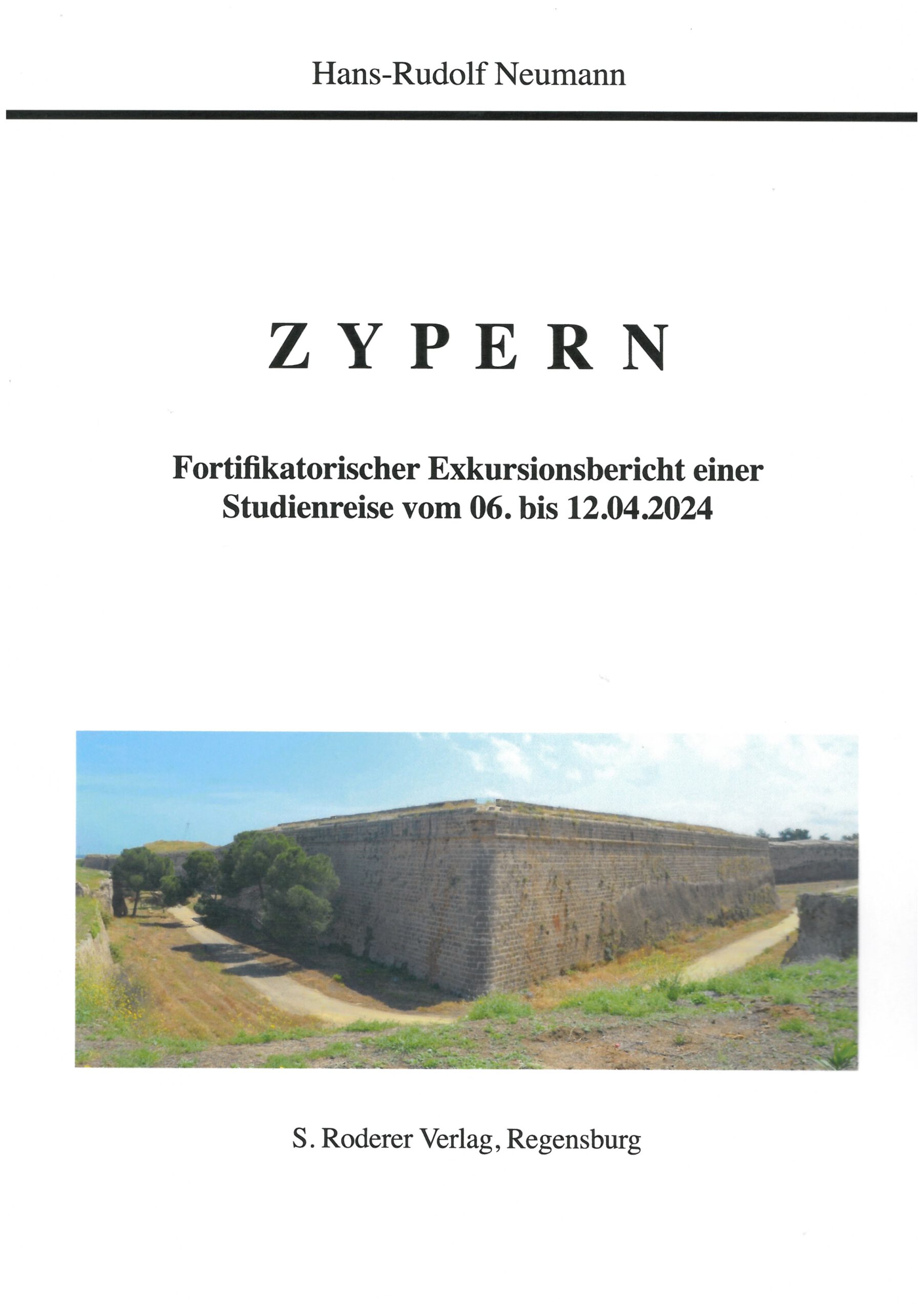
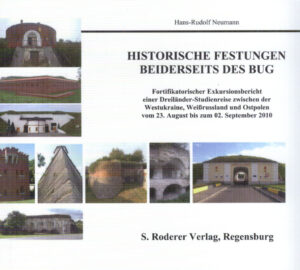
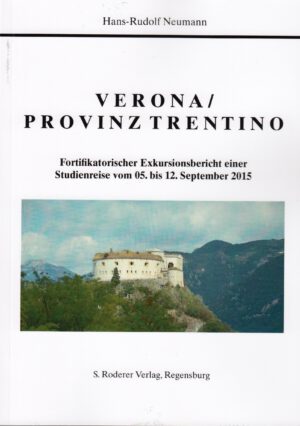
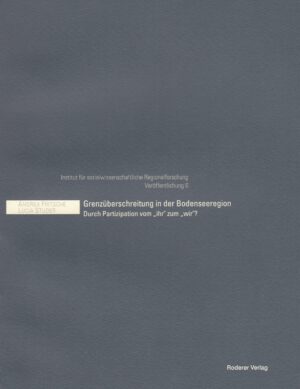
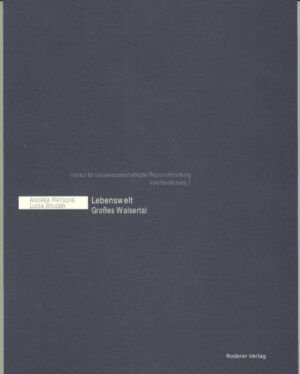
Rezensionen
Es gibt noch keine Rezensionen.